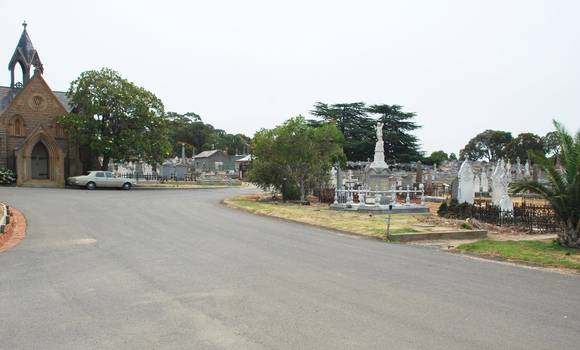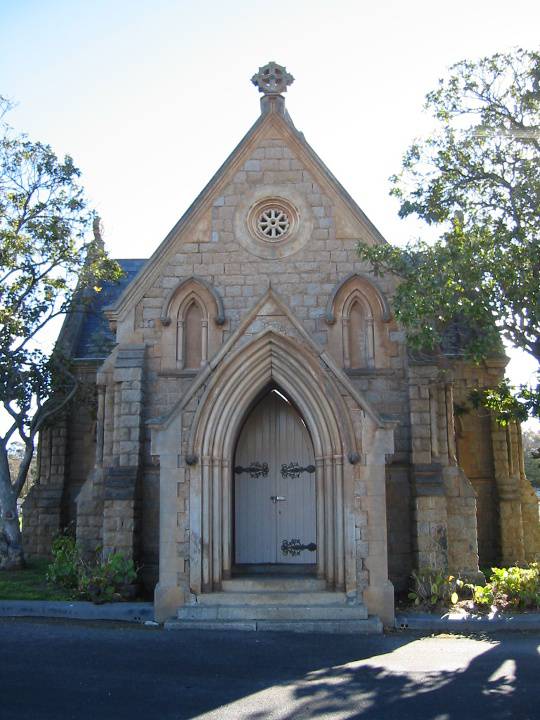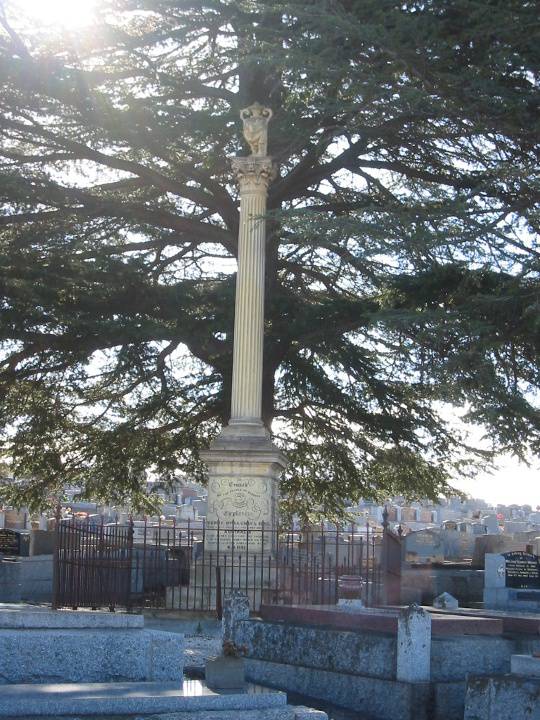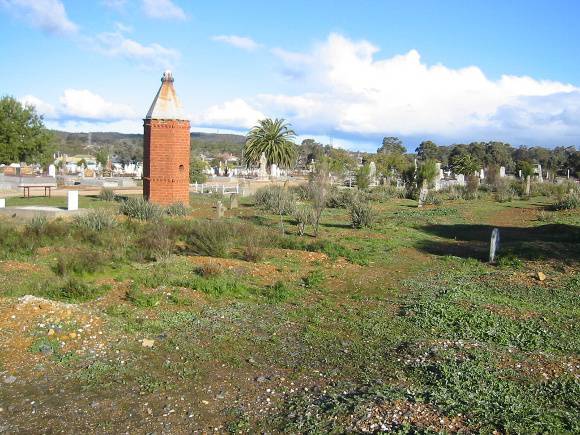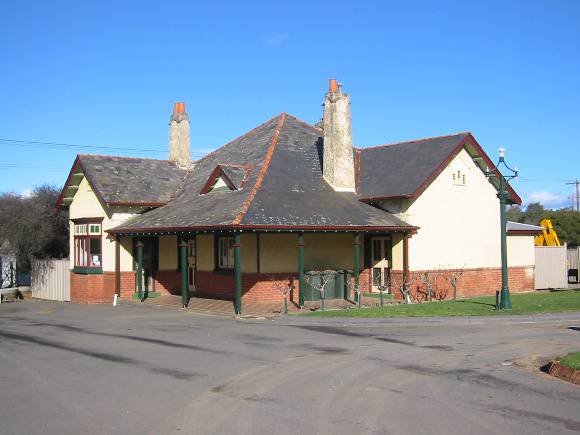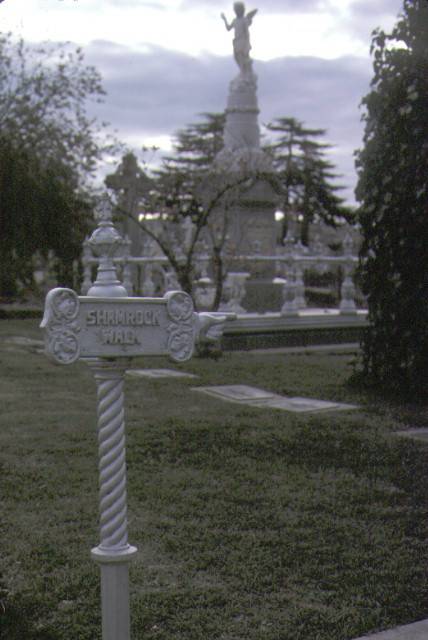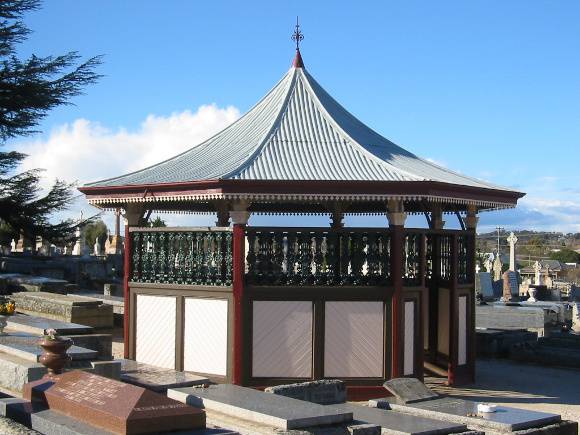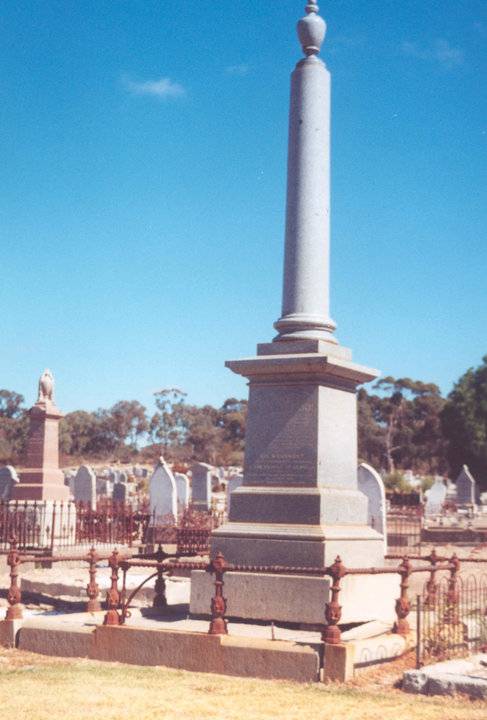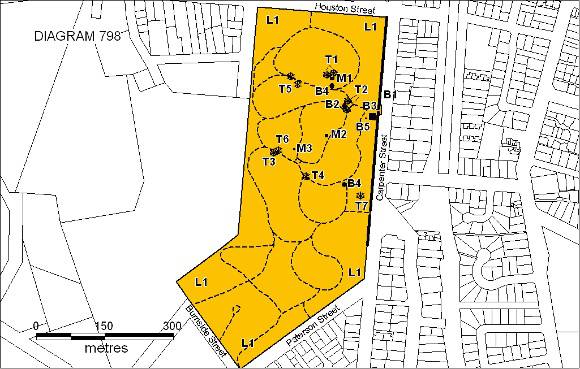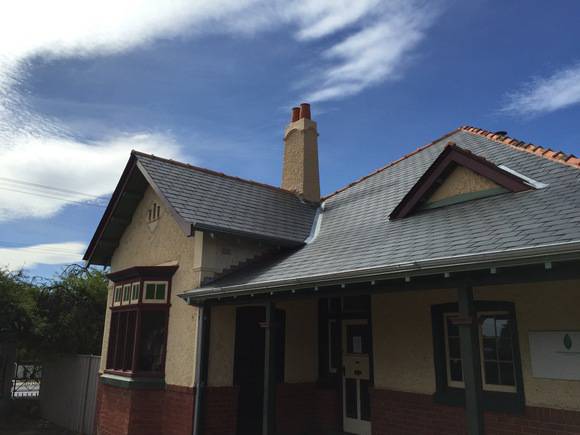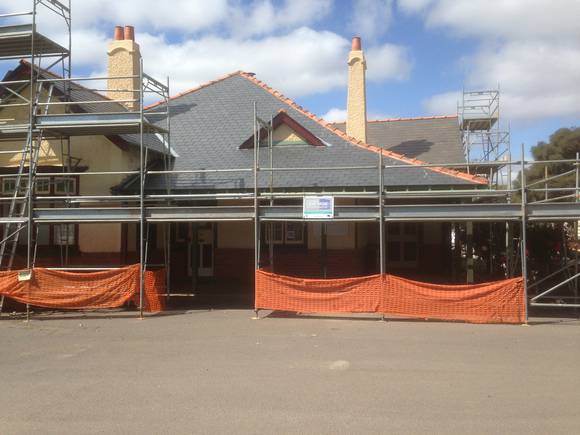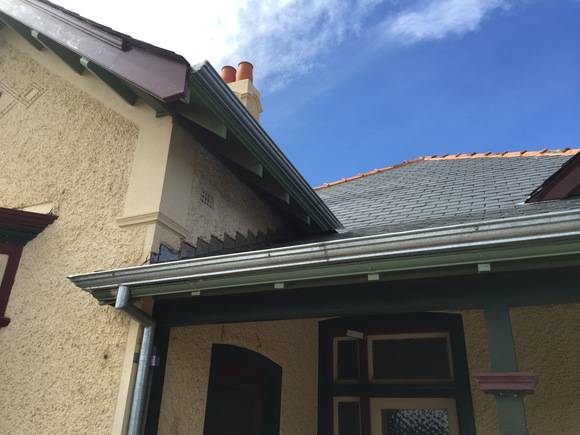| Back to search results » | Back to search page » |
|
BENDIGO CEMETERY
Statement of Significance
What is Significant? The Bendigo Cemetery site is bounded by Carpenter Street on the east,
Houston Street on the north and Burnside and Paterson Streets to the
south. It comprises two distinct sections, the original nineteenth
century cemetery, surveyed in 1857, and the twentieth century (1915,
1928 and 1940) extensions to the south. The Bendigo Cemetery which
replaced an earlier burial ground in the town centre, developed from
the mid-1850s according to plans prepared by government surveyors
Richard Larritt and John Green. George Avery Fletcher, who was Bendigo
town clerk, surveyor, cemetery secretary and designer of the
cemetery's chapel, may have had some involvement also in the layout.
For health reasons the cemetery was located outside Bendigo city
centre and was designed to be an attractive destination for visitors.
The cemetery officially opened for burials in February 1858 and was
gazetted in 1875. The cemetery is an early and sophisticated example in Victoria of
cemetery planning derived from Picturesque notions of beauty. The
influence of England's large garden cemeteries and the writings of
cemetery designers such as John Claudius Loudon are particularly
evident in the Gothic Revival Chapel, built centre-stage in the
grounds for its ornamental as well as utilitarian value. The internal
roadways and paths, fence and gates, two rotundas, cast iron signage,
lodge and symbolic plantings of trees enhance these aesthetic
qualities, as do the memorials which form a major visual element of
the cemetery landscape. The monument to explorers Burke and Wills, as
well as several Chinese footstones and associated Chinese burning
tower, stand among a remarkable collection of artefacts reflecting
past funerary craft and customs. These include ornate cast iron grave
and compartment markers, coffin trestles, a cast iron bell stand,
wreath stands, an extensive array of immortelles, a double water
closet, directional signage, cast iron horse hitching posts, and metal
alloy plaques. How is it Significant? The Bendigo Cemetery is of architectural, historical, aesthetic, and
scientific (botanical) significance to the State of Victoria. Why is it Significant? Bendigo Cemetery is of aesthetic significance as a place of
picturesque beauty for the vistas and views within the cemetery. Bendigo Cemetery is of architectural significance for the design of
the cemetery buildings (the mortuary chapel, two rotundas and lodge),
the fence and gates as well as for its layout (roads and pathways) Bendigo Cemetery is of aesthetic significance for its layout and
nineteenth century plantings including a fine pair of Himalayan Cedars
(Cedrus deodara) located next to the Burke and Wills
monument, two specimens of Southern Magnolia (Magnolia
grandiflora) growing near the Petticoat Palm (Washingtonia
robusta), one Canary Island Date Palm (Phoenix
canariensis), two Golden Monterey Cypress (Cupressus macrocarpa
'Horizontalis Aurea') and one Carob (Ceratonia siliqua). Bendigo Cemetery is of historical significance as a sophisticated and
substantially intact example of a Victorian provincial cemetery. It is
of exceptional interest as most Victorian provincial cemeteries no
longer demonstrate their characteristic design as later overcrowding
and neglect have generally resulted in the loss of earlier schemes.
Bendigo Cemetery is of historical significance in demonstrating
Victorian funerary practices and recreational patterns and the use of
burial grounds as public parks. The features in Bendigo Cemetery
include: an ornamental boundary fence, curvilinear paths and
landscaping, established view lines and landmark features,
recreational facilities such as rotundas, symbolic plantings, and
Victorian buildings, enclosures, monuments and funerary artefacts. Bendigo Cemetery is of scientific (botanical) significance for the
Date Palm (Phoenix
dactylifera) which is rare in Victoria.
Group
Cemeteries and Burial Sites
Category
Cemetery/Graveyard/Burial Ground


